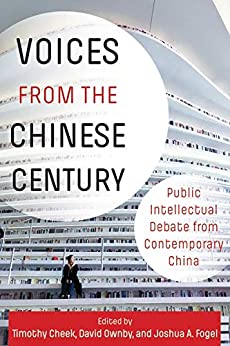
Review of China’s Civilian Army: The Making of Wolf Warrior Diplomacy by Peter Martin. Oxford, 2021.
Diplomacy, it has been said, is “the art of telling people to go to hell in such a way that they ask for directions.” China’s diplomats are considerate enough to share directions without waiting to be asked, having become notorious in recent years for their increasingly strident tone. The cause has less to do with China’s hubris, although it is certainly a factor, than it does with the insecurity of China’s diplomats in a political system that does not trust the world and, by extension, them.
Peter Martin, a reporter for Bloomberg, writes in his new history of the People’s Republic of China’s diplomats that this dynamic has been inherent from the very beginning. The book’s title comes from a still-invoked mission that China’s diplomats are to be “the People’s Liberation Army in civilian clothing.” That aspiration was literal: the PRC’s first diplomats as a new nation were senior PLA officers prized for their loyalty but who had little to no experience with foreigners, let alone command of languages or diplomacy.
Continue reading “Undiplomatic”







